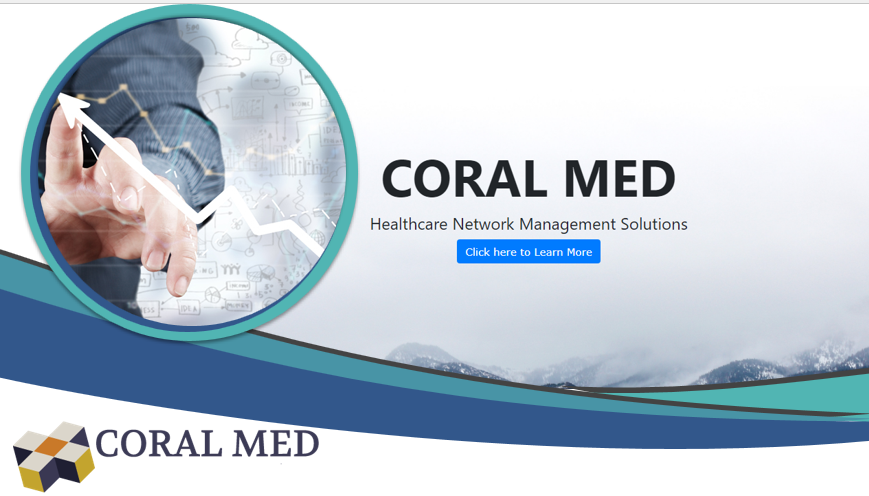Description
This course introduces the fundamental concepts and practices of patient safety in healthcare. It emphasizes the importance of creating a culture of safety, preventing medical errors, and promoting quality care through evidence-based practices. Learners will explore key safety frameworks, regulatory guidelines, and tools such as Root Cause Analysis (RCA) and Failure Mode and Effects Analysis (FMEA) to identify and address potential risks. The unit equips students with the knowledge and skills to enhance patient outcomes, strengthen communication among healthcare teams, and implement effective safety strategies within clinical and organizational settings.
Describe the fundamental principles of patient safety in healthcare.
Identify key patient safety risks and their impact on healthcare delivery.
Discuss patient safety protocols used in healthcare systems.
Describe the relationship between patient safety and quality assurance.
Discuss the importance of incident reporting in improving patient safety.
Identify common adverse events and their causes in healthcare.
Apply error prevention techniques to minimize harm in healthcare settings
By the end of this unit, learners will be able to:
Define key concepts and principles of patient safety within healthcare systems.
Explain the causes and types of medical errors and adverse events in clinical practice.
Apply safety improvement tools such as Root Cause Analysis (RCA) and Failure Mode and Effects Analysis (FMEA) to identify and mitigate risks.
Demonstrate understanding of national and international patient safety standards and regulatory frameworks (e.g., JCAHO, WHO, CMS).
Analyze factors that influence a culture of safety, including teamwork, communication, and leadership in healthcare settings.
Develop strategies to implement and sustain patient safety initiatives within healthcare organizations.
Evaluate the effectiveness of safety interventions using performance metrics and continuous improvement methods.
These outcomes ensure that learners not only understand the theoretical foundations of patient safety but can also apply practical solutions to enhance safety and quality in healthcare delivery.
Before undertaking this unit, learners should have:
Basic knowledge of healthcare systems and clinical processes, including an understanding of how care is delivered across different healthcare settings.
Foundational understanding of healthcare quality concepts, such as quality improvement, risk management, and evidence-based practice.
Familiarity with healthcare terminology and patient care procedures, ensuring comprehension of clinical examples and safety scenarios.
Introductory skills in communication and teamwork, as collaboration is essential for implementing patient safety initiatives.
These prerequisites ensure that learners are prepared to engage with patient safety frameworks, analyze healthcare risks, and apply system-based approaches to improve safety outcomes.
This unit is ideal for a wide range of professionals and students involved in healthcare and quality management, including:
Healthcare Practitioners – Doctors, nurses, pharmacists, and allied health professionals seeking to enhance their understanding of patient safety and reduce medical errors in clinical practice.
Healthcare Administrators and Managers – Individuals responsible for policy implementation, safety oversight, and quality improvement within healthcare institutions.
Quality and Risk Management Officers – Professionals involved in monitoring, evaluating, and improving patient safety and healthcare quality systems.
Public Health Professionals – Those working on health systems strengthening and patient safety advocacy at community or policy levels.
Healthcare Students and Trainees – Learners preparing for careers in clinical care, nursing, or healthcare management who need foundational knowledge in safety practices.
Regulatory and Accreditation Personnel – Individuals engaged in healthcare regulation, accreditation, and compliance who must understand safety frameworks such as JCAHO and WHO standards.
Overall, this unit benefits anyone aiming to foster a culture of safety, enhance patient outcomes, and contribute to quality improvement in healthcare environments.



